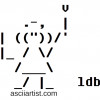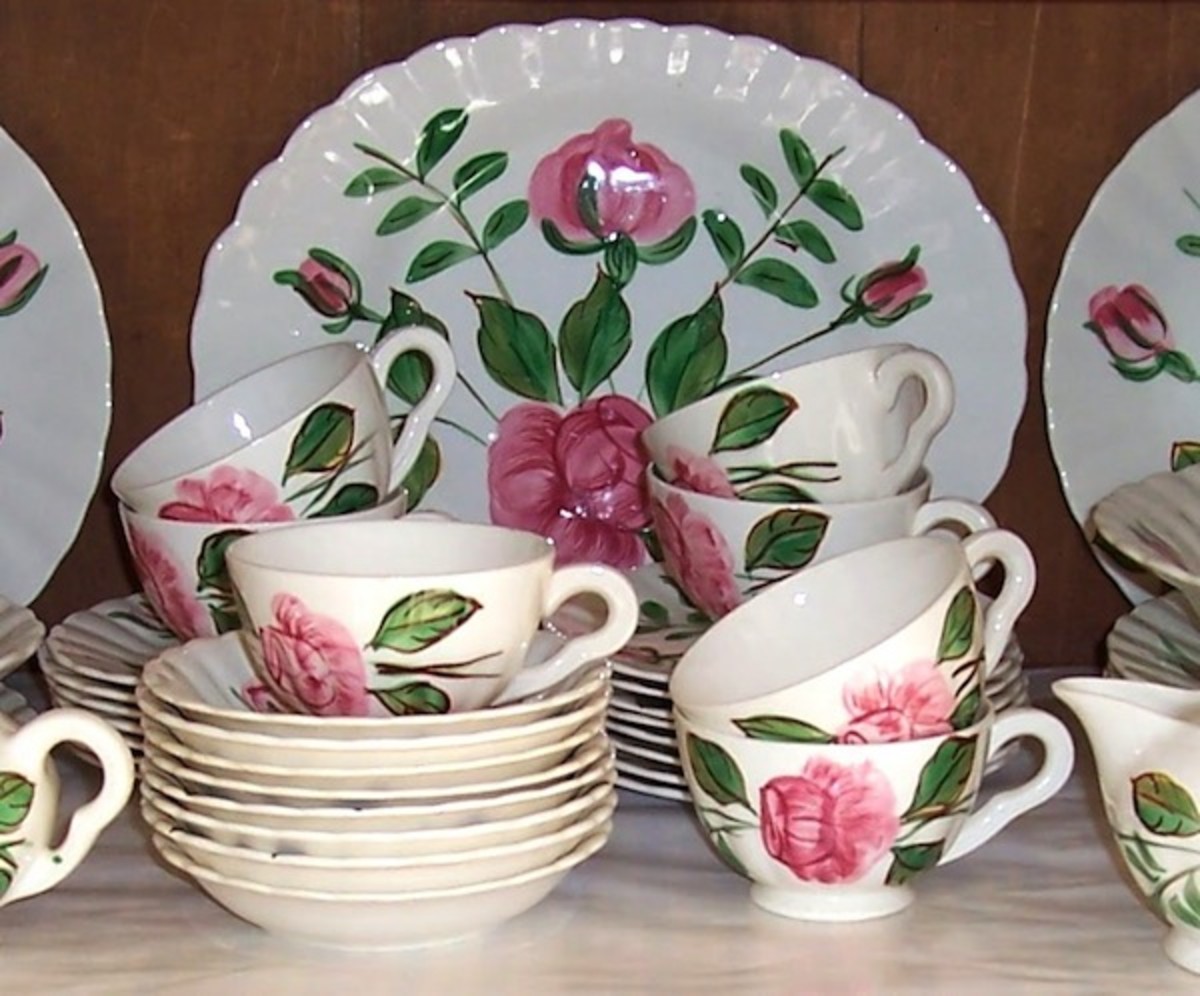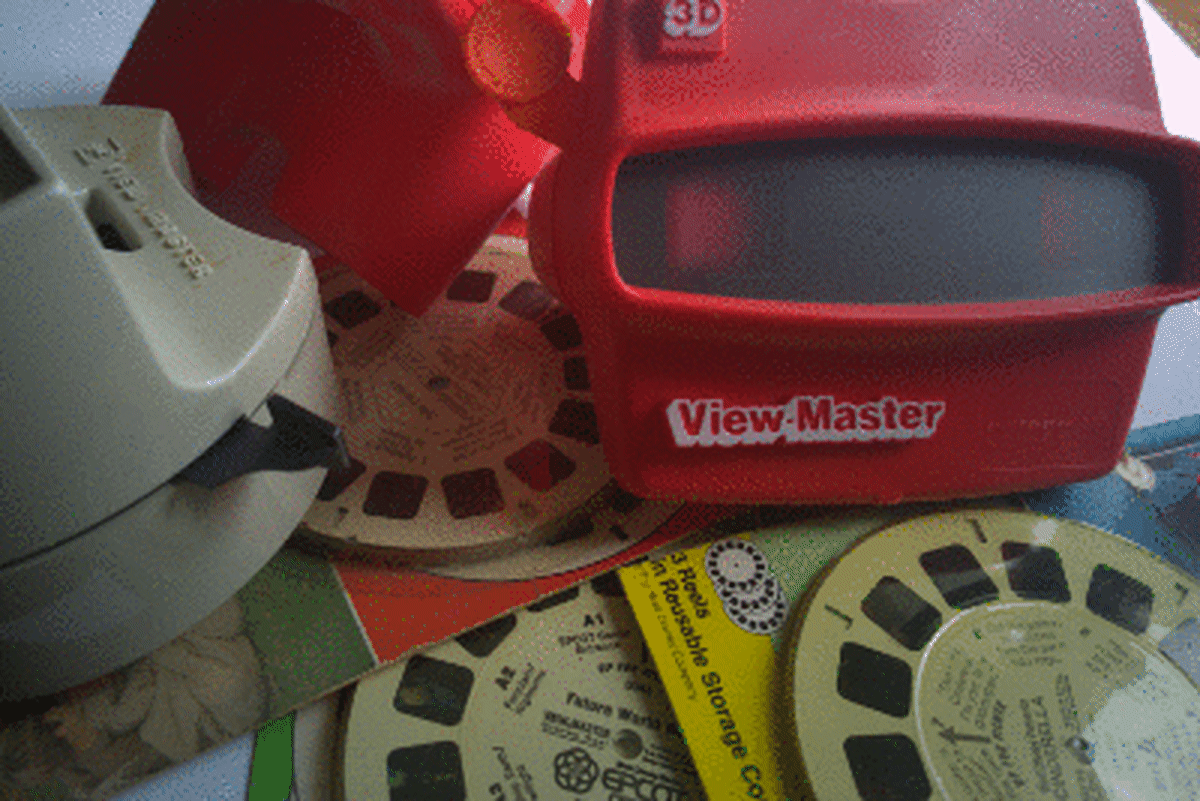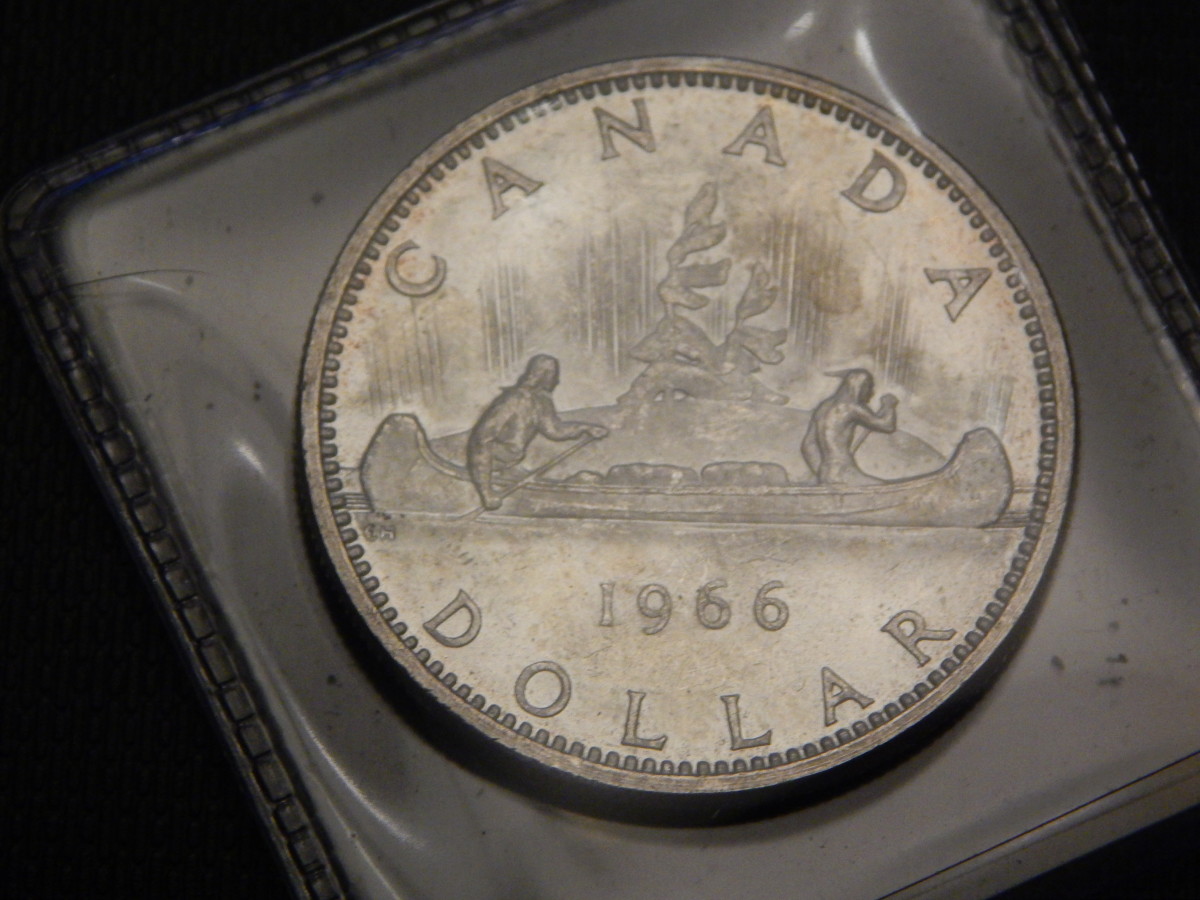Cartography: Map Collecting and Map Making
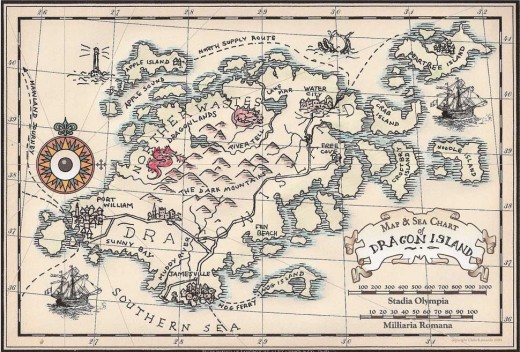
Have you ever made a hand drawn map, simply a way to show someone how to get from here to there? There's something special about a real hand drawn map. It's the closest we get to feeling like an old fashioned, early explorer - before GPS.
I like to explore, mostly old places. I don't mind getting lost, usually you find the most interesting places when you turn down the wrong road. What activity has more freedom, creativity and ingenuity than being an explorer? If you're athletic, that's nice, but not essential to getting out there, finding new places, things and people. You can even be an armchair explorer, to some extent but it loses some of the adventure if you really don't leave your known world and set sail for the unknown, the mysterious and the possibly risky world out there.
My Experience as a Map Maker
Drawing or making maps requires some science, and patience. Luckily, you don't have to be an exceptional artist in order to create a map. Use rules for straight lines if you want. But you can just as well draw them by hand. A hand drawn map feels more authentic and personal.
As an explorer I have drawn maps for other explorers. Maps have always been an important part of exploring. Making a map is like blazing a trail so other people can see where you have been and how you got there. Then, they can follow and choose other paths along the way.

How to Make a Hand Drawn Map
Write the location or destination at the top of your page.
Orient your page to due north and draw the N for north with an arrow pointing up. You can go all out and draw a compass rose with all four directions and those in between.
Draw lines for the connecting streets from where currently are to where you are planning to go.
Sketch in landmarks at street corners or along the route. Try to find landmarks at any place you will need to change direction or turn down a different street.
My Adventures as a Map Collector
I don't have a big map collection myself. The maps I keep are functional for my exploring of the local area. I've got footnotes and margin notes and I've circled areas where I found something or want to go back and get a better look. Sometimes you find a place you really want to see but you spent the day searching and now it's too dark to really see what you found. So I mark the place on my map.
I used to keep my maps more pristine. But, I couldn't remember what all the tiny circles were for. As there got to be more and more of them I lost track of what each of them had started out being. So, it's better to make notes on the map - even though my first instinct as a book lover is to never harm the book, or the map. But, when you're an explorer you have to change some of your standards and theories in favour of the adventure.
